|
It was so wonderful to see so many people at Magento Imagine 2014 conference in Las Vegas last week.
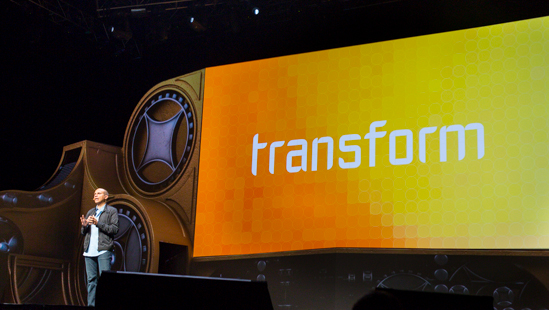
You might have seen me walking around with a camera during the conference; I’ve put together a summary of what I learned at the conference, using photos to help me remember.
The theme this year was "Transform," and how eCommerce is in the midst of a massive transformation. Bestselling author Malcolm Gladwell ("Blink") gave an amazing keynote, as did Michael Dart, author of The New Rules of Retail. I didn’t attend all of the sessions (just the ones that I found personally interesting). But here is my compilation of Magento Imagine 2014, in photos and text:
Key Themes from Magento Imagine 2014:
- Customers Are Mobile & Love Speed:
- Responsive sites – the new standard. A site that works well on mobile, tablet and desktop is critical. And eCommerce sites that don’t adopt responsive will drop in search rankings and user adoption.
- Site Speed – the faster the better. A site that loads in <2 seconds is critical. Customers abandon sites that take too long to load. Sites that load quickly are also ranked higher by Google and other search engines. A one second delay in page load speed will reduce conversions by 7%. (Zero Lag gave a great presentation on this; more below.)
- Clean Code – means a more reliable user experience. There was a focus on using Magento the right way (i.e. not modifying core code).
- Magento Continues to Dominate eCommerce.
- Magento has 30% worldwide marketshare for eCommerce.
- More than 240,000 sites use Magento Community.
- Community 1.9 and Enterprise 1.14 Released, focused on Responsive Designs. (more below)
- Magento 2.0 roadmap to release is set for end of 2014 / beginning of 2015. (more below)
- Magento 2.0 Community may have Full Page Caching built in – a feature now only found in the Enterprise edition of Magento.
- Small / Mid Size Companies Can Compete With Giants.
- Open source technology like Magento has transformed the ability of small and mid-size companies to sell head-to-head against giants like Amazon and other big brands.
- Personalization is still an emerging technology, but can create engaging customer experiences based on key behavioral or purchase data on a site.
- Malcolm Gladwell talked about the market transformation of eCommerce, and discussed the lessons of David vs. Goliath. Most people think that David won miraculously, but Gladwell talked about how David thought differently, and used a long distance sling (and the likely fact that Goliath had limited peripheral vision) to win.
- Failure = Success.
- Another common theme from several speakers was the notion that if you always play it 100% safe, you’ll never learn and grow.
- Instead, embrace failures as lessons for what not to do.
- Some of the most successful entrepreneurs have failed again and again, and then finally gotten it right. (And that’s when they’re labeled a genius.)
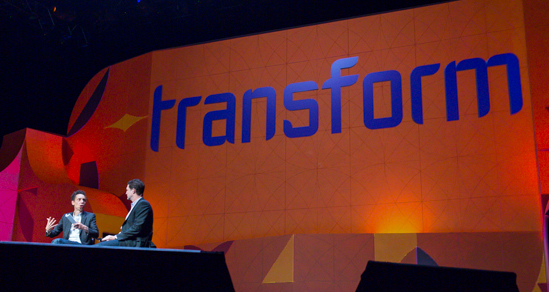
Magento Community 1.9 & Magento Enterprise 1.14 Released:
Roy Rubin, co-founder of Magento, started the conference off with the release of Magento Enterprise 1.14 and Magento Community 1.9:
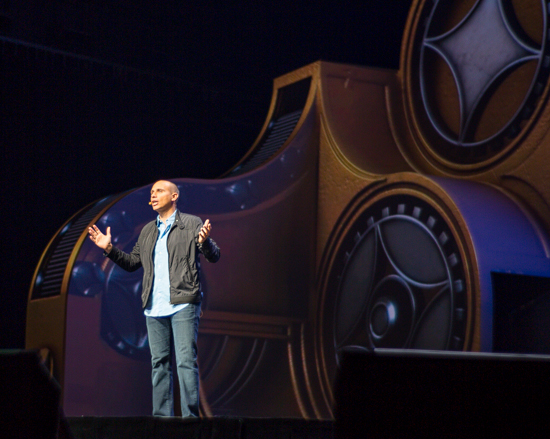
Key features of both Enterprise 1.14 and Community 1.9:
- Both use a Responsive Reference design theme. This makes the process of building out a Magento site much quicker and more error free, and in a way that mobile (iPhone, iPad) and desktop / laptop users are able to navigate easily.
- Social media sharing icons are built right into the responsive framework
- A new slider is built in to the home page layout, too. In the past, this meant working with a third party design (or building a custom one), and then troubleshooting this when it didn’t work.
- Bill Me Later has been added as a payment option. In the past, this required a bit more complexity to sign up as a vendor, but not is easy to accept the "Pay Later" option, and have the funds in your account the next day.
- Both also have PayPal Express Checkout improvements. Again, this is key for Mobile users, who want to make a purchase from their iPhone / iPad, and don’t want to type in a credit card number, billing and shipping address, etc.
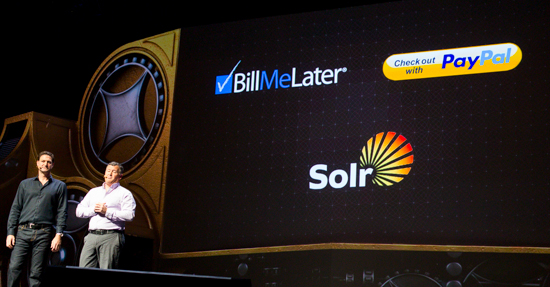
For Magento Enterprise 1.14 users:
- Magento Enterprise there are many minor improvements
- Magento Enterprise 1.14 gives native support for Solr search (i.e. search results that populate as you type)
- Update: Magento has now released an update, 1.14.0.1, that fixes a minor bug or two that was found in the past few days.
Magento Continues to Dominate the eCommerce World:
Magento has a 30% marketshare in the Alexa Top 1 Million Site Listing. This is up from 26% last year. And no other competitor is even close.
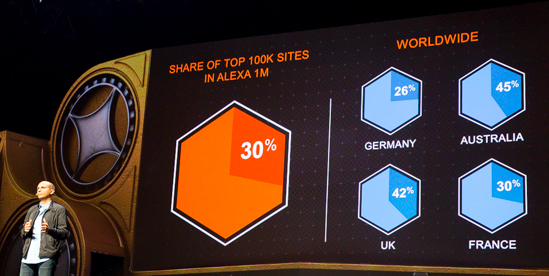
In some countries, the rate of Magento adoption is even higher. In the UK, 47% of top eCommerce sites run Magento; it’s 45% in Australia.
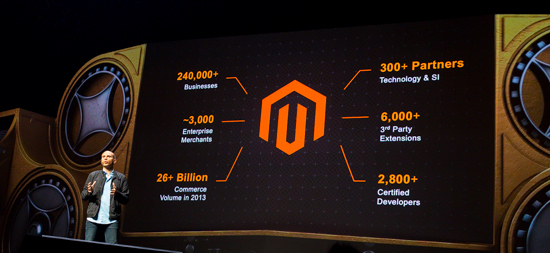
More than 240,000 businesses run the Magento Community Platform. About 3,000 run the more scalable Magento Enterprise system (this is the first time I’ve seen these numbers publicly released).
In 2013, these sites generated more than $26 billion in eCommerce revenue. There’s also now 2,800+ certified Magento Developers, mostly at the 300 Magento Partners. The 3rd party extension marketplace continues to grow, with more than 6,000 extensions available (although sometimes they don’t all work together).
Open Source is winning out over closed source. In the smart phone world (Android, with 83%; Linux servers, with 67%, and Magento, with 30%):
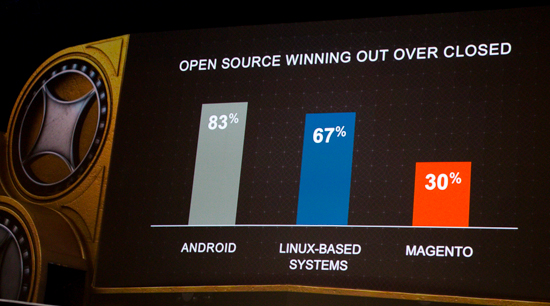
Magento is also #1 in the Mid-Market Internet Retailer top 500 list:
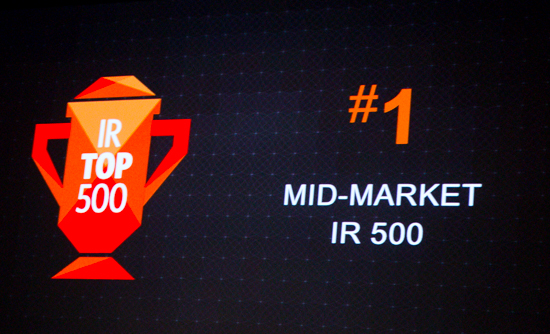
Magento also released a new certification: Magento Solution Specialist, in addition to the Front End Web Developer and Magento Developer / Developer Plus Standards.
This new certification is meant for project managers and other business people who may not need to know the ins-and-outs of the Magento code base, but do want the certification as a specialist.
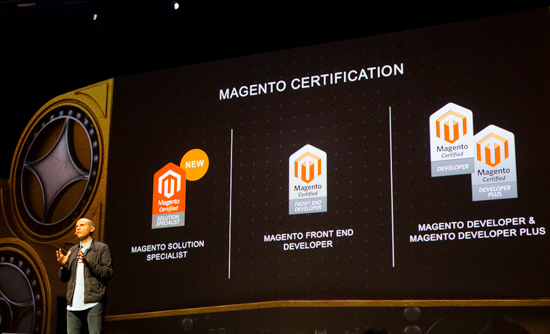
Magento 2 Roadmap:
Magento 2.0 – a complete revamp of the Magento code base – has been under development for quite some time. We’ve been testing the Alpha version at our office, and we’re excited to learn that Magento has stepped up their development efforts.
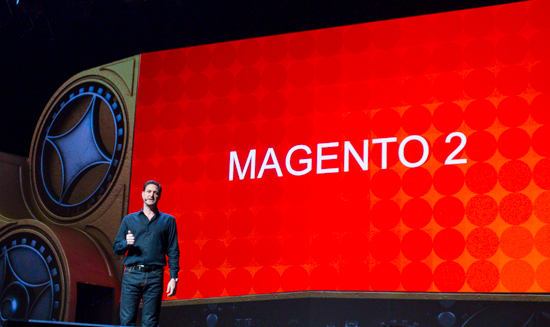
Magento’s Mark Lavelle, Senior Vice President, discussed the roadmap for Magento 2, and it’s a complete overhaul of the Magento code base to bring it up to more modern standards.
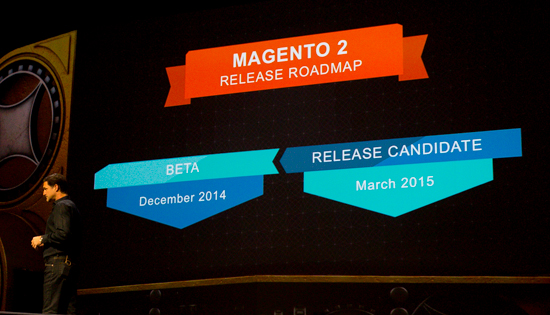
The Beta Release will be out in December 2014; the Release Candidate will be available in March 2015.
Which (in my opinion, not based on anything from Magento), pretty much sets up Magento 2.0 for a release at the next Magento Imagine show, next May 2015:
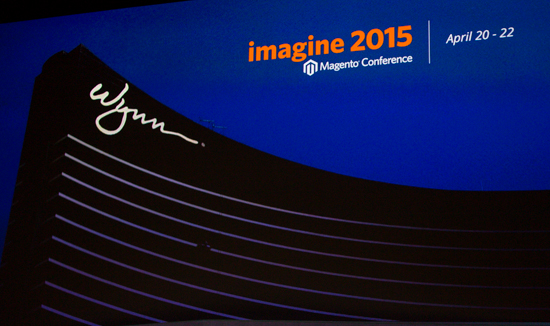
Why Magento 2?
Why Magento 2?
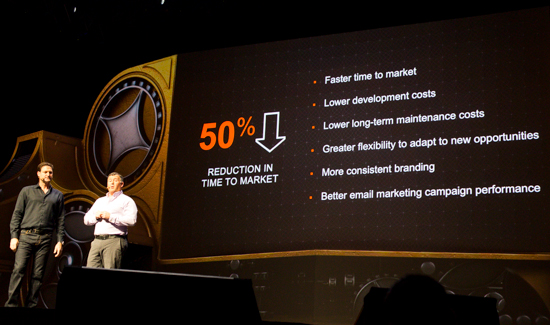
Paul Boisvert, Director of Product Management for Magento, discussed how Magento 2.0 will allow faster time to market, with lower development costs.
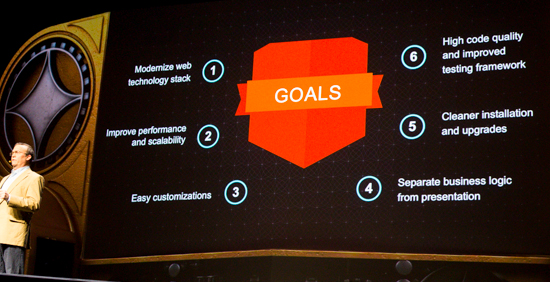
Why revamp the code base for Magento 2?
It brings in a much more modern code base to the picture. The current code base was designed and architected in 2006 / 2007 – eons in the Web world.
Magento 2 allows for cleaner installation and upgrades, and better performance and scalability.
Magento has been using an agile process, and has made 30+ Github pushes to the Magento 2 code base since October of last year:
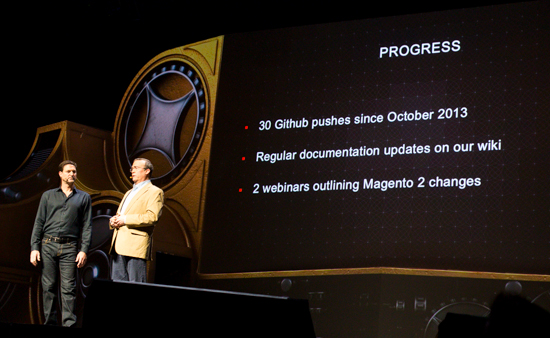
Malcolm Gladwell Discussed Transformation:
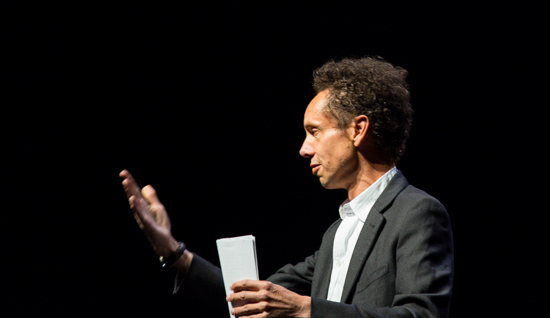
I’ve been a big fan of Malcolm Gladwell’s books. From the 10,000 hour concept to become an expert in something, to David and Goliath and Blink, his ideas have transformed many businesses.
Gladwell gave an extremely compelling talk about how one man – Malcolm McLean – transformed the shipping industry using shipping containers.
McLean succeeded for several reasons:
- He saw tremendous waste and inefficiencies in the older way of shipping goods via ship. This required people to hand-load goods into the belly of a ship. It could take longer to load and unload a ship than it could take to actually cross the Atlantic ocean.
- McLean got his start in the trucking business, and came up with a concept of just taking the back part of a truck, lifting it up with a crane, and putting it onto a ship. Eliminating a lot of jobs and time in the process.
- But his approach required a complete change to the system, too. It required standardized shipping containers to be loaded at factories. It required new trucks to hold them, and new, powerful cranes to lift them. And it required that ships be retrofitted to hold containers efficiently.
From a psychological approach, these factors made McLean successful:
- Disagreeable. He didn’t much care if people thought he was crazy or disagreed with him that containerization was possible.
- Embraced Failure. He embraced failure, and tried and tried again until he got it right.
- Motivated to Succeed. McLean was really bothered by the waste that he saw in the traditional method of shipping, and was motivated to come up with a better way.
- Sense of Urgency. He wasn’t happy to sit around; he wanted things done (some nearly impossible or improbable)… and done quickly.
Then… as only Malcolm Gladwell can do… he related this whole story into how eCommerce is being transformed today. Gladwell sees that where we are now is on the cusp of a new inflection point, and one where motivated, disagreeable people who embrace failure may see great success.
Michael Dart – New Rules of Retail:
Michael Dart, author of The New Rules of Retail, discussed how the world of buying stuff has changed in the past 125 years.
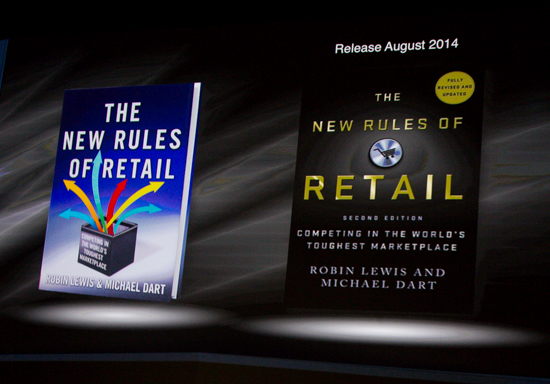
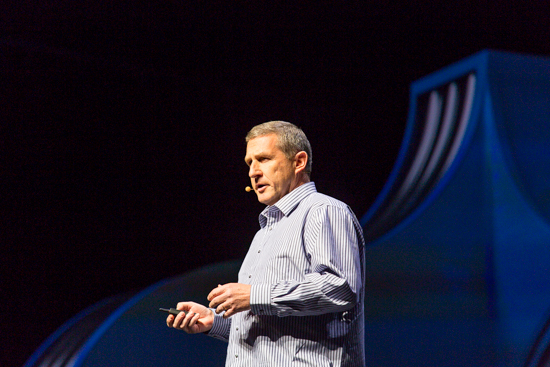
Dart discussed the power shift in retailing from:
- Producer Power
- Marketing Power
- Consumer Power
- Technology Power
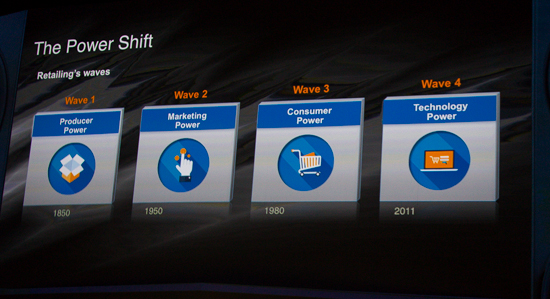
In the olden days, producers made things in one size and style. Industrial revolution allowed standardized products, but not a lot of customization.
The Model T was available in black – and only black. Producers had all of the power.
Small general stores sold products, as well as regional department stores, and a few catalogs.
I know this generation well – my great-grandfather had a general store at the turn of the 1900s in Cheyenne, Wyoming.
The benefit of these small stores was that the owner of the stores knew the buyers well, and could personalize their recommendations based on the personal relationship.
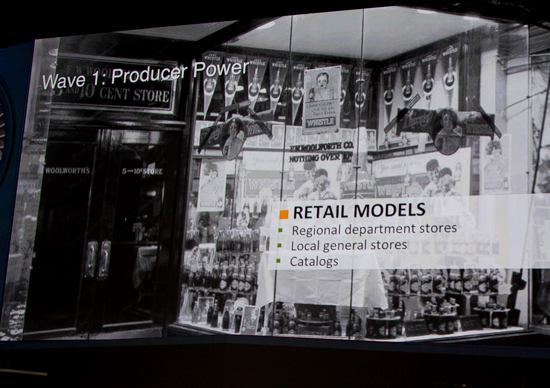
Wave 2: Marketing Power.
The second wave of retailing, according to Dart, was when the power shifted from the producers to the marketers, who demanded different products tailored to different buyers. With this came the rise in national department stores, big box retailers and specialty retail.
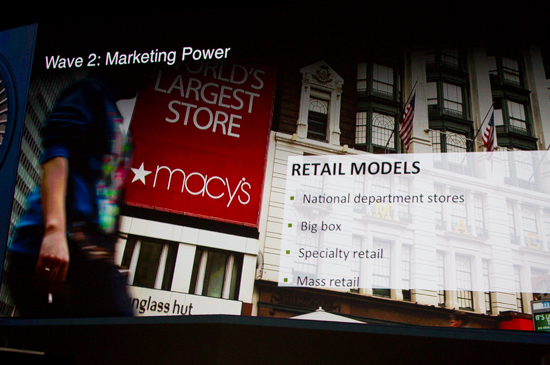
Wave 3: Consumer Power
With the advent of mail order catalogs, and then the rise of the Internet, power shifted from big box retailers to consumers. Instead of being tied to what was available at a specific store in a customer’s geographic location, customers could search by brand and order just what they wanted. It was an aggregation of interest, regardless of geography.
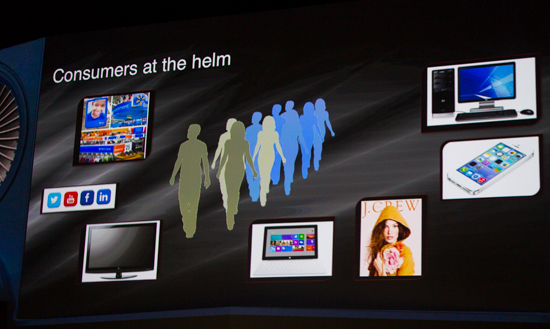
The shift is often personified by Starbucks.
Before, people just wanted a cup (or three) of coffee to wake them up in the morning. Maxwell House was a tremendous brand, but gave way to a customer experience of Starbucks – the third location (between home and work). Starbucks is an affordable luxury, and one that got people to socialize at coffee shops… and gave rise to laptop-wielding consultants, who spend their days working at coffee shops instead of a traditional office.
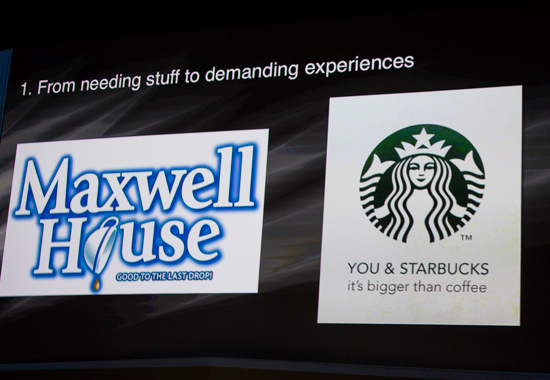
Wave 4: Technology Power
Dart claims that technology power takes us back to that beginning era of wonder and delight.
The iPhone, for example, was years beyond anyone’s expectations. It was so revolutionary that nobody even knew to ask for something like it. Same thing with the iPad. Nobody knew that they needed another electronic device. Laptops were fine, right?
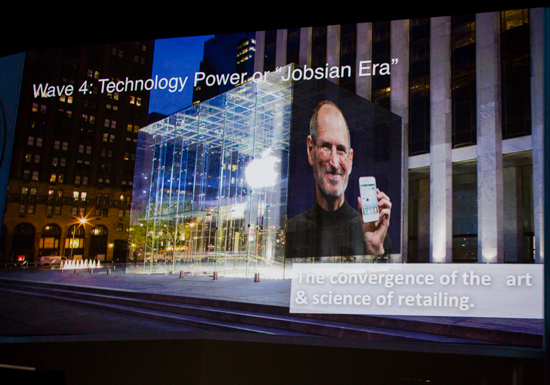
Wave 4 – the era we’re in now (according to Dart) is the convergence of compelling customer experience, where artful design, personal connection and emotional engagement are combined with the power of technology.
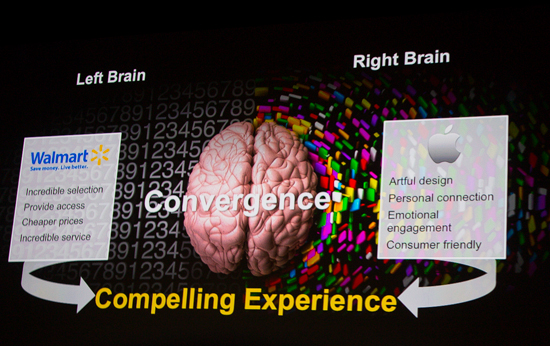
What’s next, according to Dart?
This fourth wave is the least well defined. But he sees these trends emerging:
- Evaporation of ‘B’ and ‘C’ class shopping malls.
- Some big brands (i.e. Best Buy) won’t be able to make it.
- Personalization will be a way that brands better connect with consumers
- All brands will be Omni-Channel, meaning they will engage with the customer seamlessly across channels (instead of treating the customer differently at retail, catalog and online).
- Successful companies will adopt data-driven technology, and engage with customers using their mobile devices (even while they are in a retail store).
Speed Testing with Zero Lag:
The folks from Zero Lag – one of the Platinum Magento Hosting Partners gave a seminar on how to speed up a Magento site.
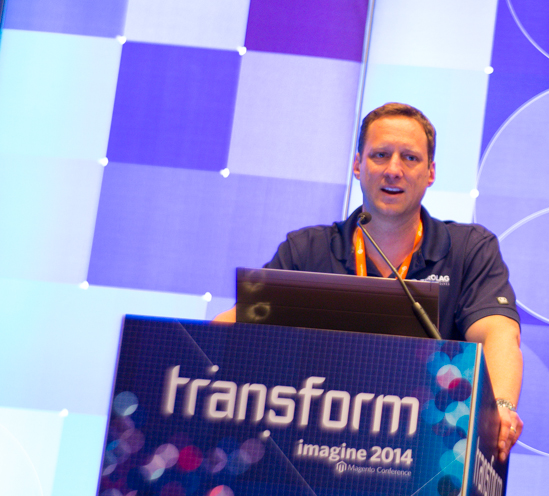
(The room was a bit dark, so my apologies if the images are a little pixilated. I had to shoot at f/2.2 at ISO 5,000 to get anything workable.)
Zero Lag did benchmark testing on several clients, trying to determine how a site slows down as more and more users hit the site:
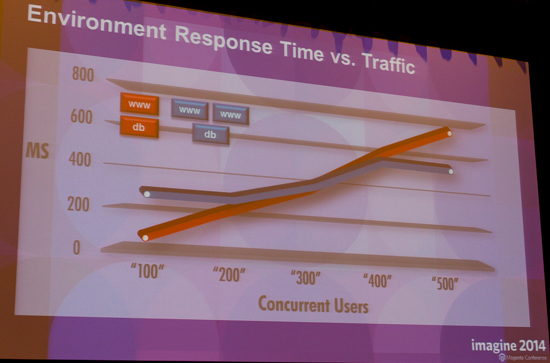
One of the best things about Zero Lag’s presentation was that they didn’t just say, "Hey look at us. We have these great clients with unlimited budgets and look at the cool things we could do."
No, instead, Zero Lag gave real information that helps developers and Magento store owners identify common bottlenecks that prevent sites from loading quickly.
Common elements that kill speed:
- Non-optimized images (i.e. images posted directly from a 23 megapixel digital camera)
- No browser caching
- Lots of database calls
- Placing JavaScript / CSS in the wrong place on a page, so the page loads blank instead of loading most elements first.
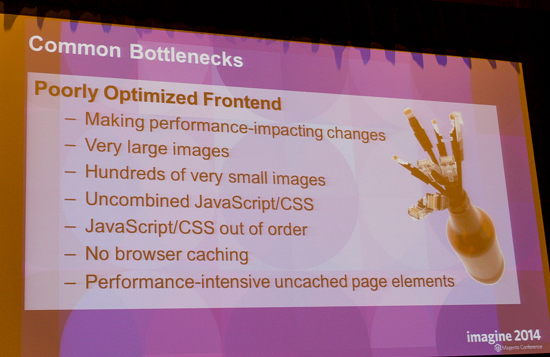
They recommended best practices, including:
- Compressing files, including images, HTML , CSS and Javascript.
- Reducing the number of external calls and database requests for each page.
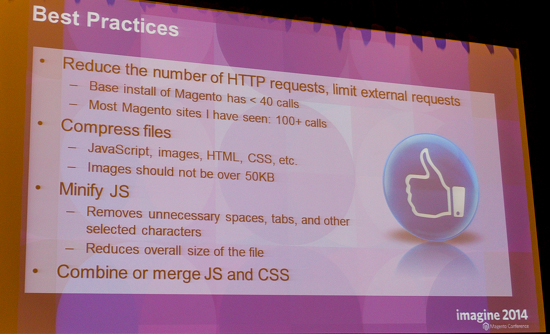
Specifically, Zero Lag recommended:
- Loading CSS first, and JavaScript last – so the end user doesn’t see the dreaded blank white page for 2-3 seconds while everything else loads.
- Avoiding redirects when at all possible
- Using a Content Delivery Network (CDN) that can cache some of the common images, javascript, and other elements. This is often included with hosting plans, but it is not always used, because it’s an extra / added step for developers, and when you want to push changes or new images live.
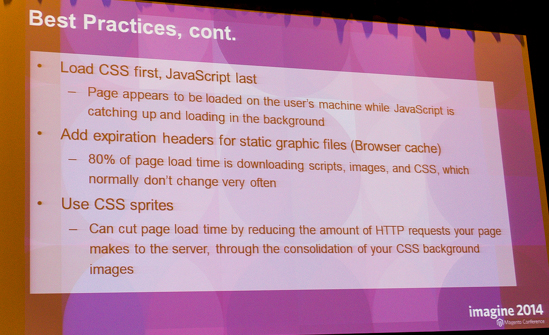
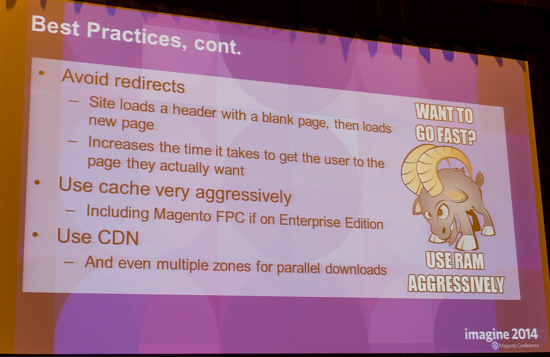
Looking toward the future:
- Facebook pioneered the HipHop Virtual machine. It’s a system that compiles php into machine code on-the-fly, and can show a 6x speed improvement.
- It’s still buggy, but not really ready for production yet.
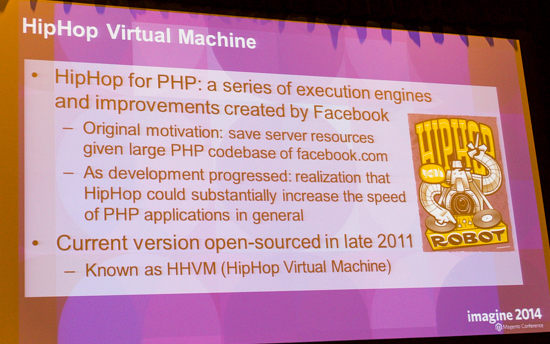
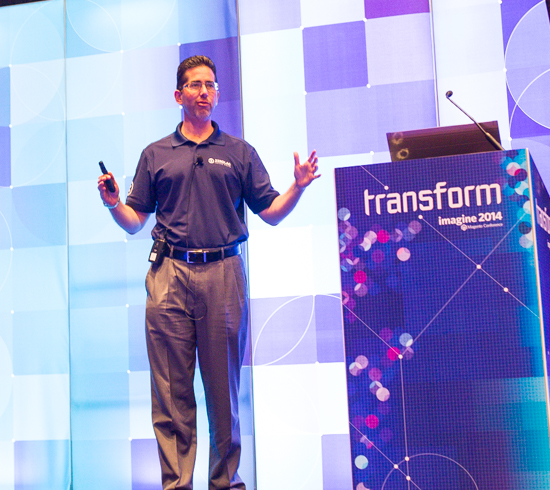
Gifting – The Psychological Role of Giving and Receiving Gifts
Another great seminar was on the psychological role of gifting, and how this can be leveraged for eCommerce success.
Most of the time, people go to an eCommerce site to purchase something for themselves.
But often, people want to give a gift for a birthday, holiday or other special occasion.
The team presented three key findings:
1. Most people don’t realize how much happiness their gifts will bring to the receiver, regardless of what the gift is.
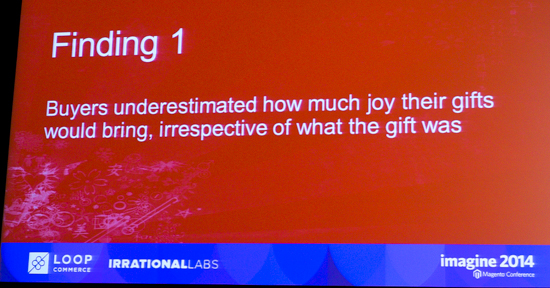
2. "Risky" gifts bring a lot more joy to people. A risky gift is when you buy someone a beer stein, because they mentioned it once in a conversation. You’re not sure that they’ll like it. (They might not even be much of a beer drinker.)
But these "risky" gifts demonstrate that you care to the receive, and that you’ve expended quite a bit of effort.
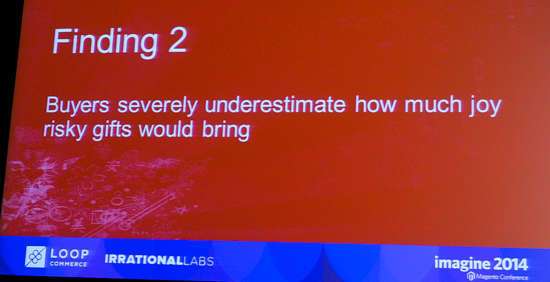
3. The riskless gift – cash or gift cards – are still welcomed. But not nearly as much by the receiver.
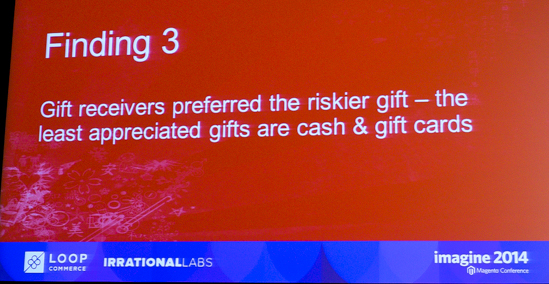
So… what to do with gifting on an eCommerce site?
The presenters recommended promoting less risky gifts such as:
- Wallets
- Belts
- Hats
- Or anything that is a one-size-fits-most item
- And, yes, gift cards, too.
Carey Lohrenz – First US Female Fighter Pilot
Carey Lohrenz was the first female fighter pilot in the US Navy, and battled to get a seat in an F-16.
She’s now a top speaker who talked about tenacity, planning, situational awareness, and how to succeed in really tricky situations (like landing on an aircraft carrier at night in a raging storm).
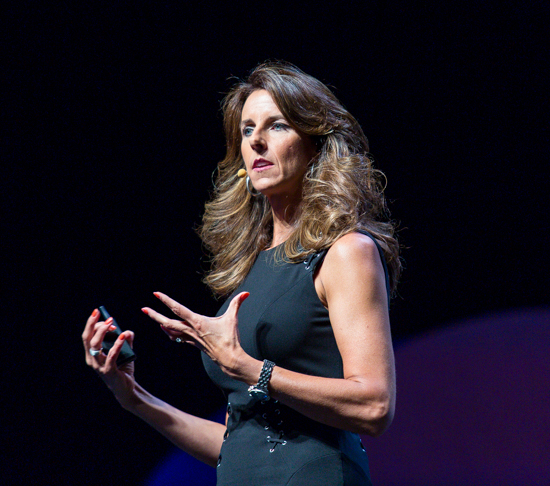
Lohrenz discussed how "Failure has taught me what I’m good at…"
In a recent study, people who play it "safe" and never flirt with failure make less money. Super successful people (defined by yearly income) understand and have learned from failure.
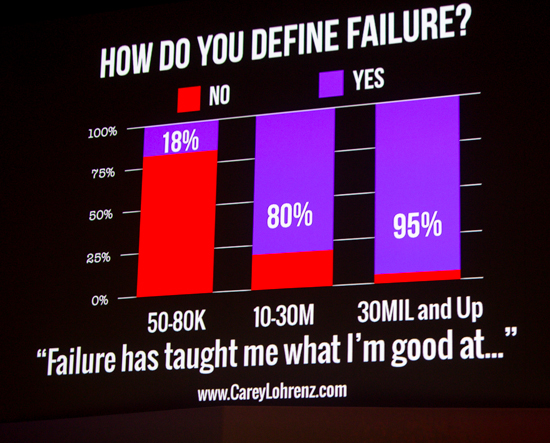
Lohrenz also discussed how before each fighter mission that took off from an aircraft carrier, critical planning went into the mix.
According to the Harvard Business Review, 1 hour of effective planning saves 200 execution errors.
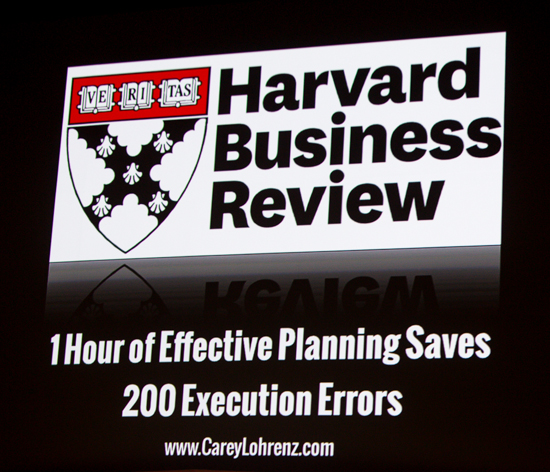
Sean Percival – Talking About Avoiding eCommerce Failure
Sean Percival gave another great presentation.
Instead of the usual, "Hey, look at our well-established brand that everyone knows, and where we worked with an unlimited budget, and Surprise! We’re really successful…"
… Sean talked about starting an eCommerce company, and how he failed miserably. And even wound up shutting the whole thing down.
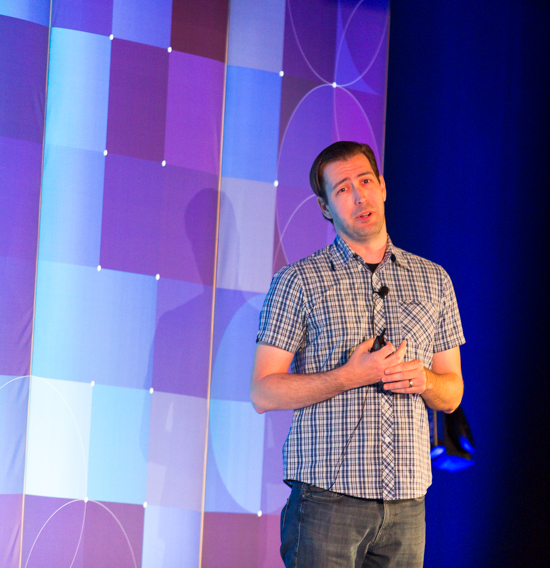
It’s wonderful to learn from success. But it’s a lot more interesting to see what someone screwed up, and how to avoid making those mistakes.
Sean is now a Venture Partner with the 500 Startups organization, so we don’t have to worry that he’s missing any meals.
Sean’s Pro Tips for Avoiding Disaster include:
- Hire really talented people that are better than you.
- Check your ego at the door.
- Find people in the industry who can help you.
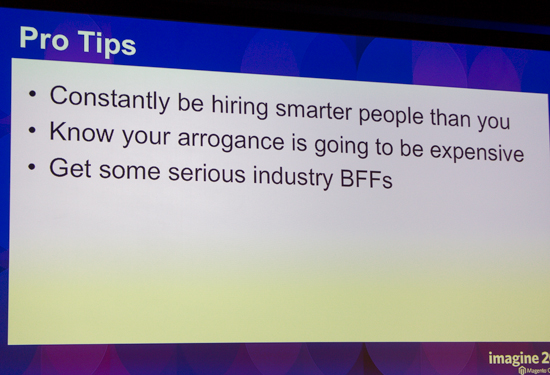
He also recommended:
- Outsourcing shipping to a 3rd party logistics company as soon as possible, to keep your shipping times as fast as possible.
- Setting clear expectations with customers during the ordering process (i.e. if things are out of stock, let them know before they order).
- And give hefty discounts when you make mistakes.
- He did recommend fighting with vendors to extract better prices. I’m pretty mixed on this advice. If you push too hard with many vendors, you’re going to see that your pricing might be cheaper short term. But you’re going to not get as great of service, and when you really need something, they’re going to pay more attention to someone that doesn’t try to always beat them up.
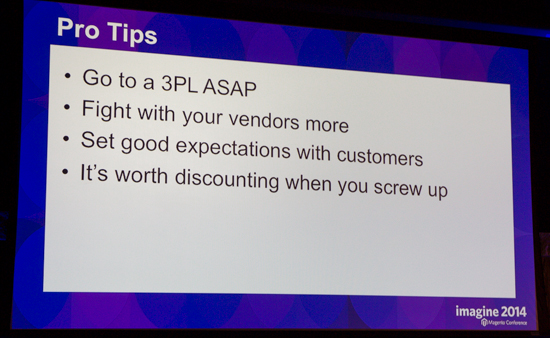
He also preached that you need to often test out 10 different marketing campaigns to figure out which single avenue is going to work best.
He likes that a small, nimble company can bite the ankles of the big dog retailers, and start chipping away at their margins and customers.
And more important, he demonstrated that most of their sales didn’t come from the first visit to a site. (Other research shows it takes 6-12 interactions for a browser to become a buyer.)
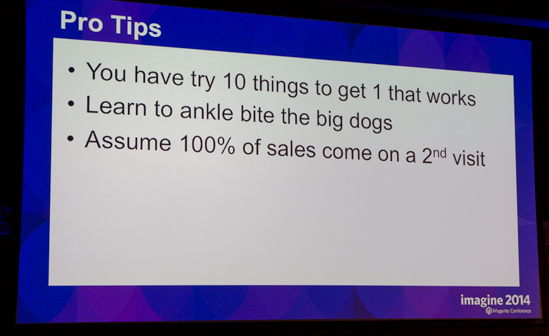
Bittersweet News: Roy Rubin Leaving Magento:
Magento co-founder Roy Rubin closed the session with some bittersweet news: he will be leaving eBay and Magento, probably for some much deserved rest:
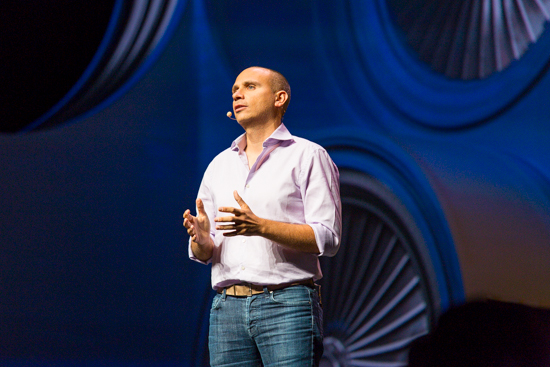
Performance Images from Magento Imagine 2014:
Of course, Magento Imagine would not be complete without live performers. While I didn’t photograph the party (I didn’t want to lug a camera), I did capture a few from the event:
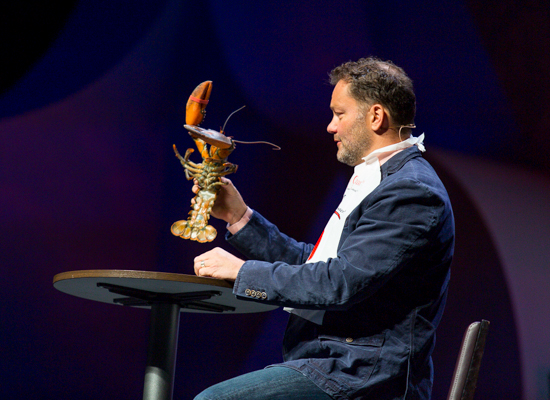
Our MC, Jamie, with a live lobster.

Drummers, ushering in the start of the conference.

Big lights at the Hard Rock Hotel

A flute player, glowing in the light.
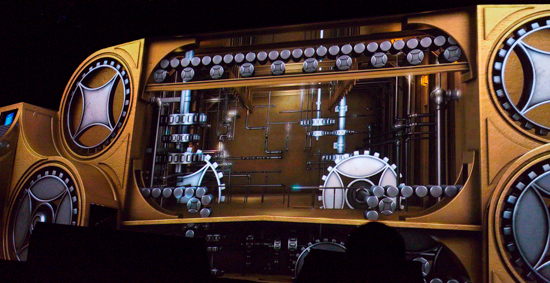
The entire stage used a 3D projection system that was pretty unreal.
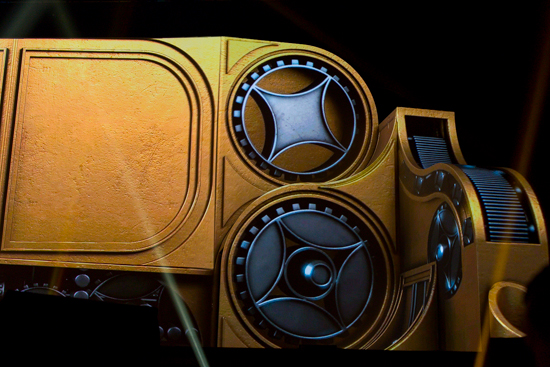
Another view of the stage’s 3D projection system. This was a blank white screen, with several shapes.

Drummers before the keynote.

Malcolm Gladwell, holding the sticks for a steel drum. He was pretty adamant that he didn’t actually play the steel drums. (I think he was worried he might get booked to play.)

Another drummer… notice how the entire background is different with the 3D projection.
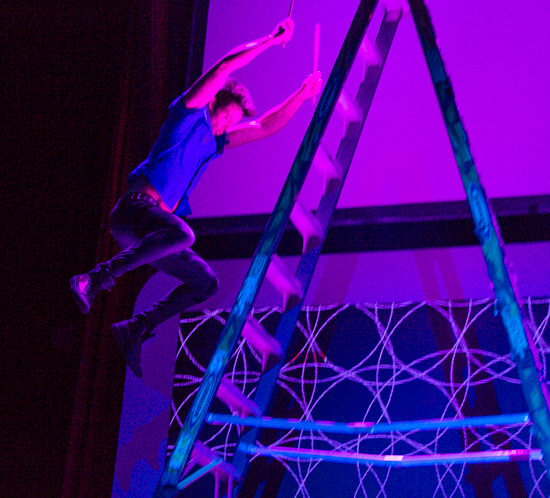
Okay… this was the craziest part. On the last day, two drummers used drum sticks and played loudly on ladders. Drumming up and down, and then this guy jumped from the top. Not sure about Workman’s comp :).
In summary, Magento Imagine 2014 was about:
- Site Speed
- Responsive Design
- Embracing Failure
- New Code Releases
- Transformation
I hope you enjoyed the summary. I wasn’t able to cover everything (my apologies to those workshops and speakers I didn’t address).
Thanks,

Jeff Finkelstein
Founder, Customer Paradigm
303.473.4400
Connect
Via Facebook >>
Connect
Via Google+ >>
Connect
Via Linked In >>
Connect
Via Twitter >>
We
love referrals! Our
Referral Promise >>
|